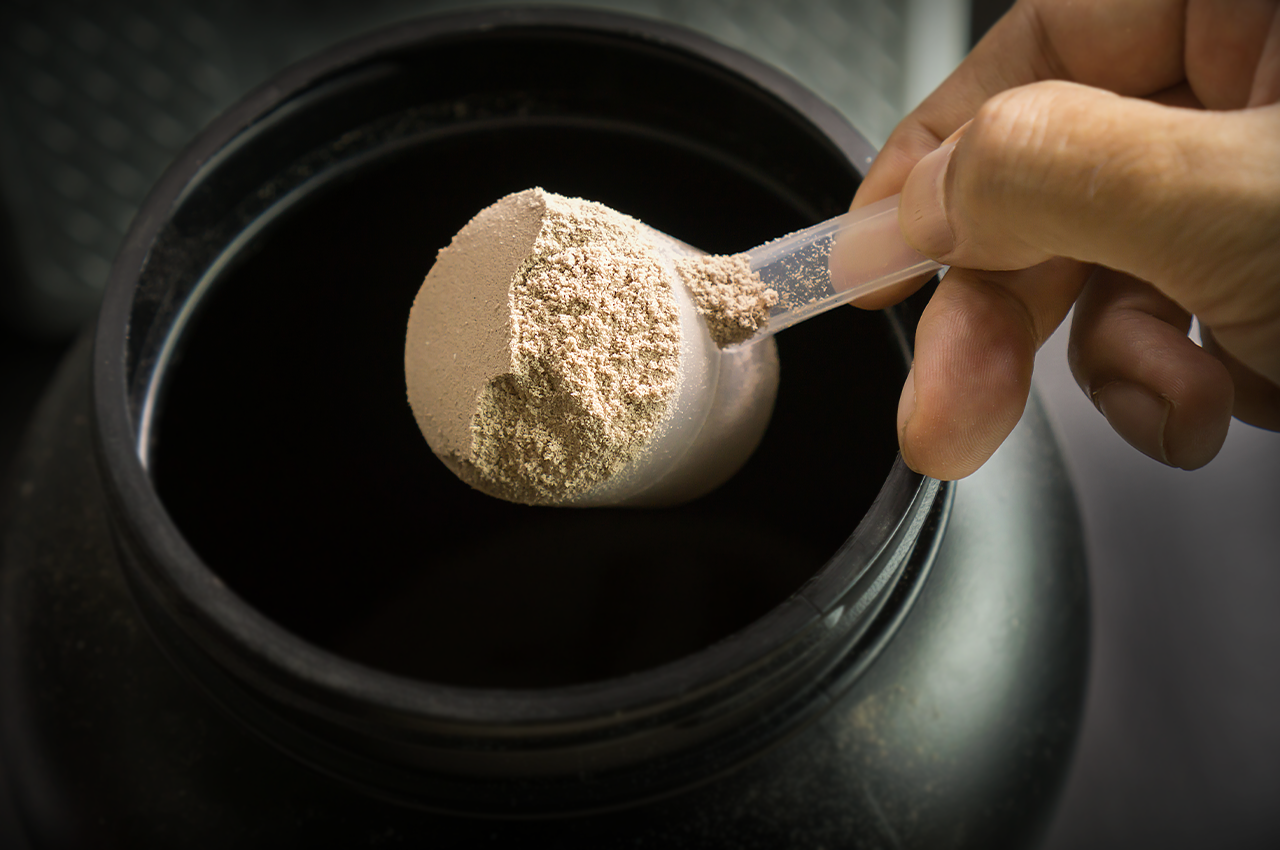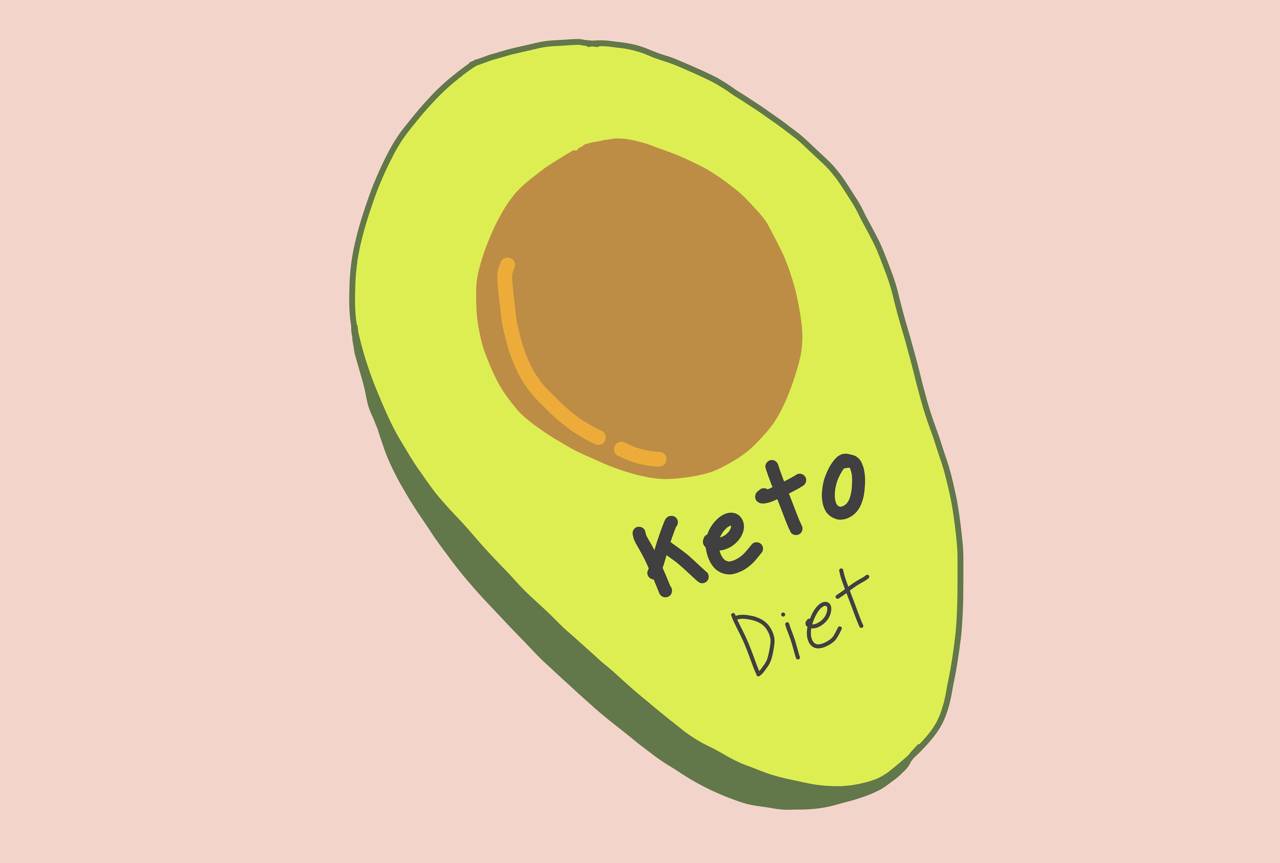Ketosis is a process where your body switches from using glucose for energy and starts to burn fat instead. Over time, there’s a build-up of acids called ketones in your body which continues to fuel this process.
What is the ketogenic diet?
Many people have jumped on the ketosis bandwagon by following the ketogenic (keto) diet.
The diet aims to burn unwanted fat by relying on fats for energy, rather than carbohydrates.
Also known as a “low-carb” or “high-fat” diet, around 75% of the keto diet’s calories are sourced from fats, while 20% are proteins and only 5% are allocated to carbs.
Some examples of keto meals would be:
Breakfast: Eggs (protein) and spinach and mushrooms fried in coconut oil (healthy fats).
Lunch: Avocado slices (fats) and shrimps (protein) with lettuce to make roll-ups.
Supper: Steak (protein) fried in ghee (fats) with grilled low-carb vegetables like cauliflower, asparagus and broccoli.
The keto diet and weight loss
As this diet burns fat for energy, research has shown that it could help with weight loss:
Some reasons why:
- Your hunger is suppressed. Fewer carbs mean your blood sugar levels will be more stable. This also means you will have fewer hunger pangs, meaning you won’t have the urge to eat as often.
- Your metabolism gets a boost, so you’ll burn more calories (about 450 more calories for men and 150 for women).
- Your cravings for sugar and carbs are reduced
What are exogenous ketones?
Getting into a state of ketosis sounds easy enough, but for some people it could be tricky. It typically takes 2-4 days to enter ketosis if you strictly eat fewer than 50g of carbs per day.
It could take longer, depending on your metabolism, activity level, age, carb, fat and protein intake.
Also, if you’ve been following a high-carb and sugar diet for a long time, your body with first need to deplete all its glycogen (stored carbs) stores before it can go into ketosis.
Therefore some people are turning to exogenous ketones, pricey supplements believed to jump start the process by replacing the natural ketones that your body makes. Exogenous ketones come in two forms: salts and esters.
Both ketone supplements have been shown to get your body into ketosis. For example, a study by Oxford University used 15 participants who tried both supplements. Results of this study found that both significantly raised the levels of ketones in the blood.
Can exogenous ketones make you lose weight?
Some people believe that they can continue eating a high-carb diet and still achieve ketosis and in turn, fat loss by using ketone supplements.
Unfortunately, although exogenous ketones can help your body reach ketosis, they are most effective for weight loss only when you are strictly following the keto diet.
Studies for this ketone replacement is still limited and as they are so pricey, relying on them for a long period wouldn’t be affordable for many.
So, what now?
If you’re trying to get into a state of ketosis, supplements could speed up the process if you’re already eating a low-carb, high-fat diet.
Before you start any diet, talk to your dietician, particularly if you’re wanting to incorporate supplements like exogenous ketones.
While you’re following the ketone diet, stay healthy and optimise your way of eating with these tips:
- Eat whole, anti-inflammatory foods like tomatoes, nuts, berries and olive oil.
- Eat probiotic-rich foods like kimchi and sauerkraut to protect your gut health.
- Get at least eight hours of sleep each night and exercise for at least 30 minutes per day to
keep your body in ketosis and to speed up weight loss. - To further stabilise your blood sugar, try to incorporate fasting while on the keto diet (e.g. eat for 8 hours and fast for 16 hours).
References:
- https://www.mindbodygreen.com/articles/do-exogenous-ketones-put-you-in-ketosis-quicker
- https://www.ncbi.nlm.nih.gov/pubmed/29163194
- https://www.everydayhealth.com/ketogenic-diet/diet/exogenous-ketone-supplements-are-they-safe-they-work/
- https://www.mindbodygreen.com/articles/a-doctor-on-why-ketosis-helps-you-lose-weight


